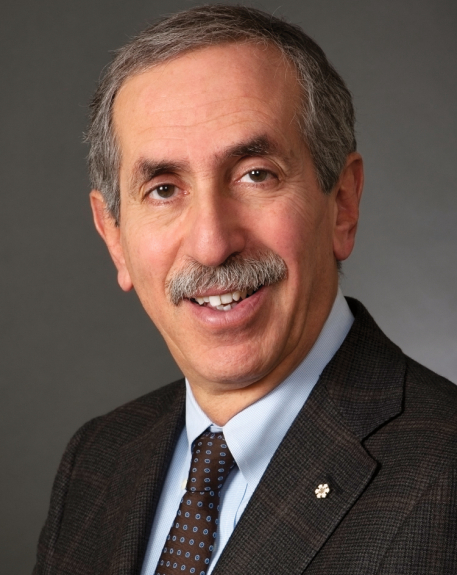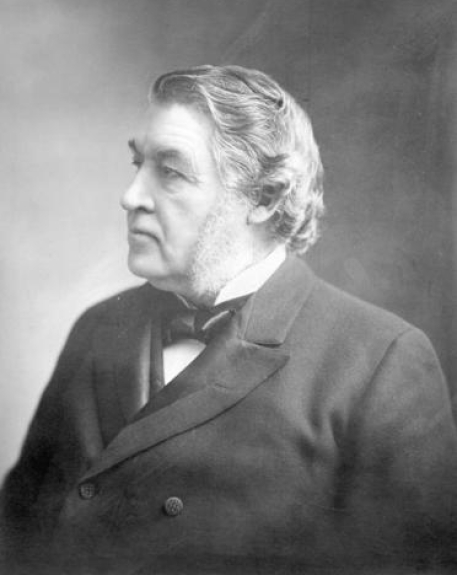1994 INDUCTEE Charles H. Best, MD DSc Leadership in Organizational Development, Diabetes, Evidence-based Medicine & Clinical Trials, Hormones, Heart & Vessels, Blood
February 27, 1899
(West Pembroke, Maine)
March 31, 1978
MD, University of Toronto (1925)
DSc, University of London (1928)
2004: National Inventors Hall of Fame
1977: Queen Elizabeth II Silver Jubilee Medal
See All AwardsAwards & Honours:
2004: National Inventors Hall of Fame
1977: Queen Elizabeth II Silver Jubilee Medal
1971: Canada Gairdner International Award
1971: Commander of the Order of the British Empire
1967: Companion of the Order of Canada
1950: American Philosophical Society
1950: United States National Academy of Sciences
1948: Honorary member of the American Academy of Arts and Sciences
1946: Medal of the Royal Netherlands Academy of Sciences and Letters
Fellow of the Royal Society of Canada
Fellow of the Royal Society of London
Flavelle Medal, Royal Society of Canada
La Grande Médaille d’Argent
Banting Medal, American Diabetes Association
The Legion of Merit
FNG Starr Medal, Canadian Medical Association
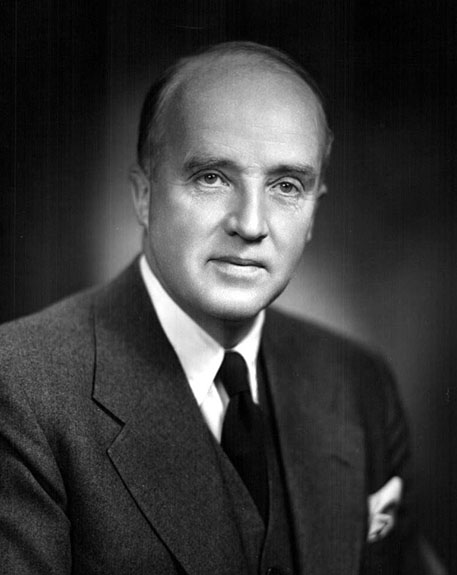
Co-discovered insulin
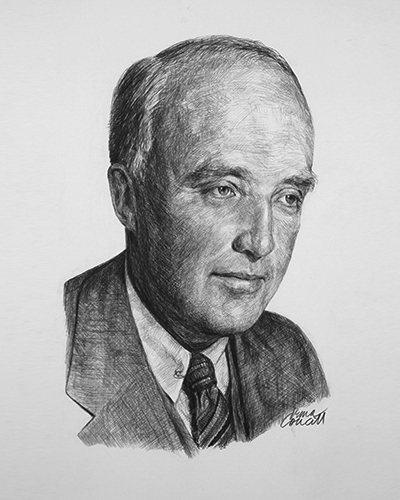
A physiologist, medical researcher and teacher
It was the classic case of being the right man in the right place at the right time. As a recent Honours physiology and biochemistry graduate, Dr. Charles Best was set to work with Dr. J. J. R. Macleod at The University of Toronto. Dr. Macleod presented him with the opportunity to assist Dr. Frederick Banting instead, introducing Dr. Best to a research endeavour that would go on to result in the discovery of insulin – forever changing the field of diabetes and impacting the lives of millions worldwide.
Another notable contribution of Dr. Best was his successful isolation of heparin, which proved to be an effective anti-coagulant. This work had significant clinical implications for the treatment of deep vein thrombosis, heart attacks, embolisms and angina.
Key Facts
Published numerous studies relating to choline, histaminase and carbohydrate metabolism
Made an advisor of the Medical Research Committee for the United Nations World Health Organization
Became honorary president of the International Diabetes Federation and of the Canadian Diabetes Association
Received 18 honorary degrees
Frederick Banting shared his prize money for the discovery of Insulin with him
Professional timeline
Impact on lives today
Dr. Charles Best enjoyed a long and productive career in medicine that continues to leave an important legacy today. Although not a cure for diabetes, insulin was an effective treatment for a once deadly disease. Millions of people around the world continue to feel gratitude and admiration for his role in the discovery of insulin and heparin.
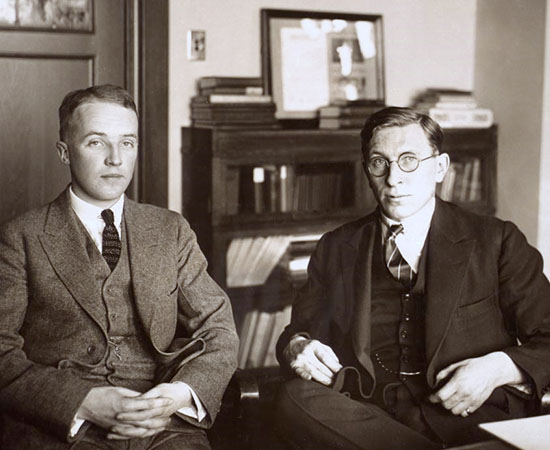
1994
-
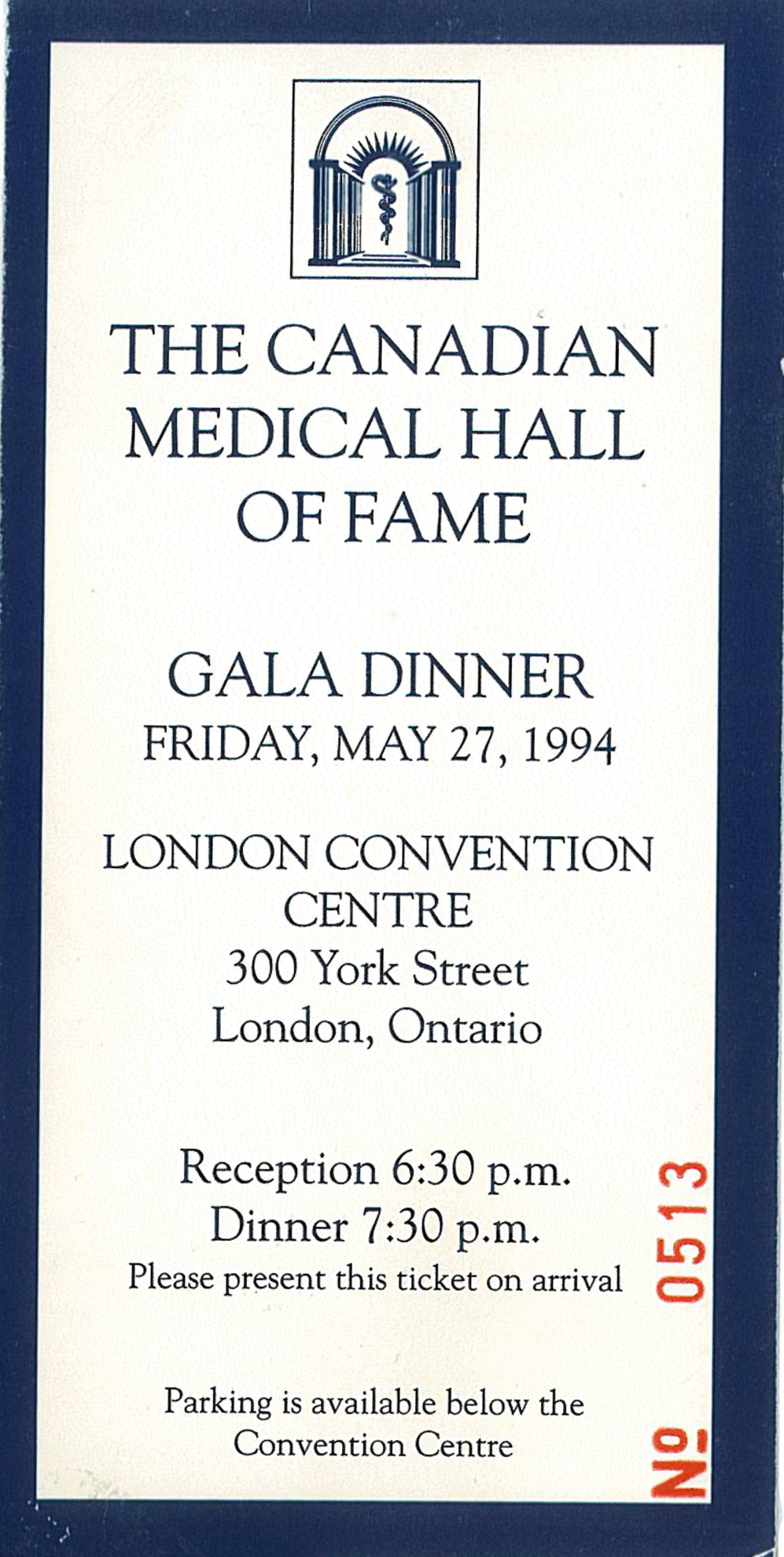
Charles H. Best posthumously inducted into the Canadian Medical Hall of Fame
London, Ontario
-
After the war, Best continued his work with diabetes research.
DiabetesIn 1953, the Charles H. Best Institute opened. He remained with the Institute until his retirement in 1965.
-
Best was appointed the director of the medical research unit in the Canadian Navy.
He contributed significantly to the war effort through his studies related to night vision and the prevention of seasickness.
-
Charles Best joined the newly established Banting and Best Medical Research Department
Blood, Evidence-based Medicine & Clinical TrialsBest was appointed co-director and honorary research associate. During the 1930s, Best and his research team purified heparin extract for safe human use.
-
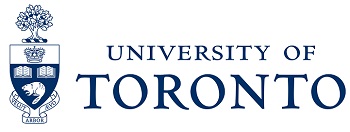
Following his early success, Best went on to obtain his medical degree and PhD.
Leadership in Organizational DevelopmentHe eventually replaced Dr. J.J.R. Macleod as head of the Department of Physiology at The University of Toronto in 1929.
-
The Insulin extract was further refined and purified with the expertise and skills of Dr. J.B. Collip, making it available for clinical trials on human subjects
Diabetes, Evidence-based Medicine & Clinical TrialsThe research team sold the patent to The University of Toronto for $1, allowing insulin to be mass produced for the treatment of diabetes. The team received immediate acclaim.
-
Working under Dr. J.J.R Macleod, Banting and Best began laboratory work using dogs to test Banting’s hypothesis that an internal secretion of the pancreas could be used to treat diabetes.
DiabetesBest’s methodical approach to chemical analyses and purification complimented Banting’s intuitive intellect. Less than three months later, they isolated a protein hormone which was later named insulin.
1921
He had the gratitude and admiration of his country.

